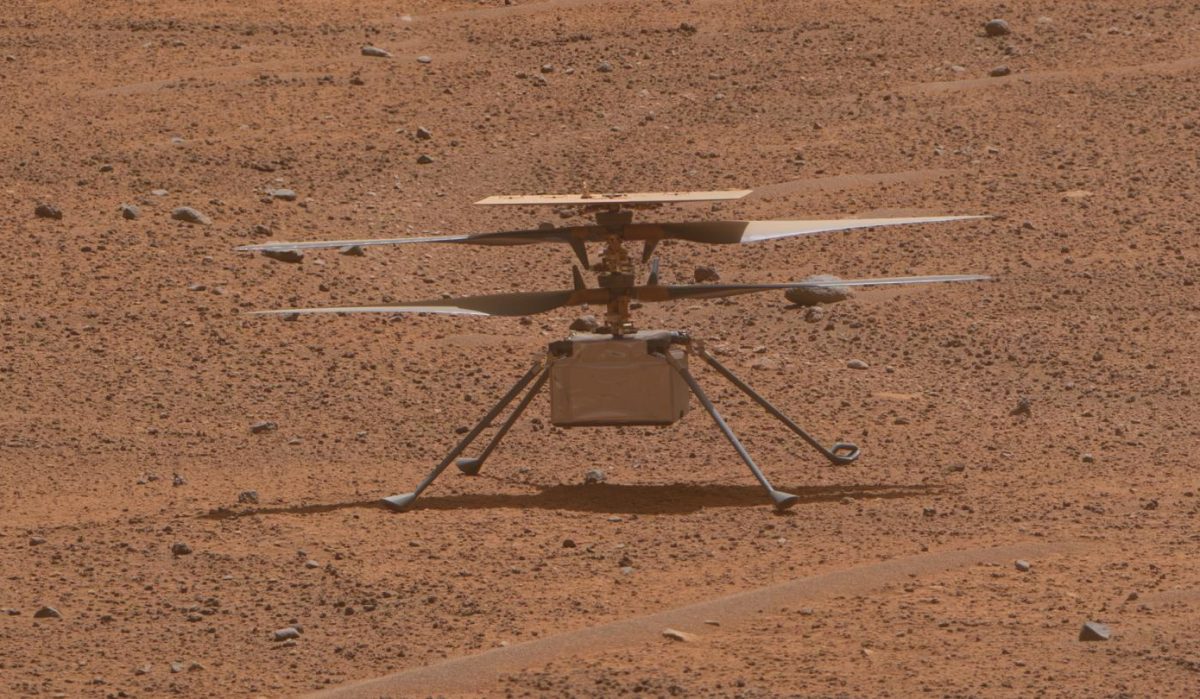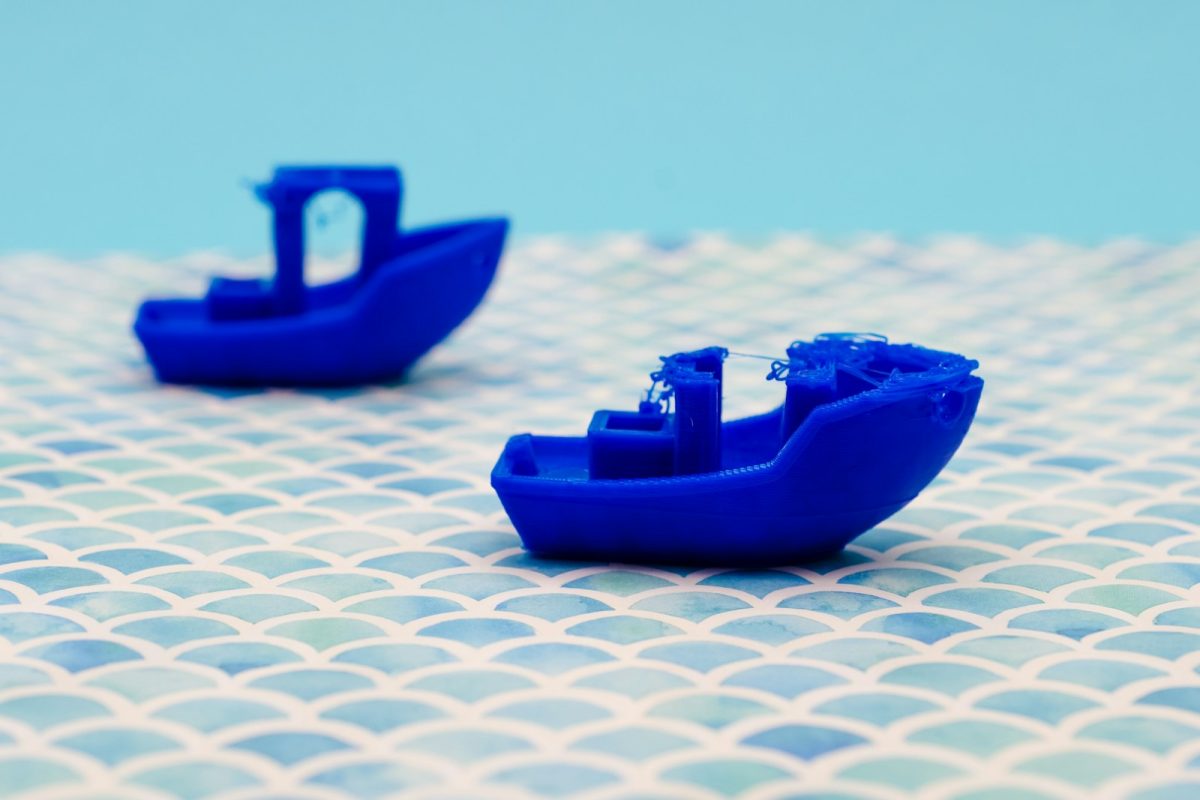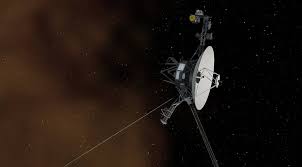On January 18th, 2024, NASA’s infamous Ingenuity mars helicopter was discovered to have a broken rotor blade, making Ingenuity unusable. Although this is greatly upsetting to many, Ingenuity actually exceeded its expected goal of 5 total test flights. Starting its debut on April 19th, 2021, Ingenuity has traveled a total of 10.5 miles (17 kilometers) in a total flight time of 128.8 minutes.
Bill Nelson, NASA administrator, states in a video released to social media about the end of Ingenuity’s mission: “Ingenuity, the ‘little helicopter that could’—and it kept saying, ‘I think I can, I think I can’—well, it has now taken its last flight on Mars”. The video states the news in a bittersweet feeling, while also remarking on Ingenuity’s incredible feats.
How Did Ingenuity Retire?
In its final days, Ingenuity found itself in an area with a very monotonous terrain in order to test its auto-navigational system, which relied on landmarks. In its second to last flight, a sudden emergency landing was forced, possibly meaning navigational disorientation.
In order to find Ingenuity’s location, navigators at NASA’s Jet Propulsion Laboratory (JPL) flew Ingenuity for a short time, 40 feet (12.2 meters) in the air. But, information from Ingenuity showed a short hover in the atmosphere then a sudden fall in altitude. Later information showed a broken rotor blade. The blade was most likely damaged as Ingenuity hit the ground.
The difficulties in guidance due to the mars terrain caused Ingenuity to lose equilibrium, causing the rotors to strike the ground, according to JPL’s Ingenuity project manager, Teddy Tzanetos.
How Did Ingenuity Work?
Ingenuity was meant to be an experimental aircraft, designed to fly in Mars’ extremely thin atmosphere and low gravity. Mars has one third the gravity and 1% of the atmosphere’s pressure than that of Earth. That means that only a few molecules of air are picked up by Ingenuity’s 4 foot wide (1.2 meters) carbon-fiber propellor blades, compared to Earth where a ton of air molecules are picked up.
Ingenuity was also designed with a coaxial rotor, which means that there are two sets of propellor blades that are on the same vertical axis but also are rotating in opposite directions. This means that the set of propellor blades on the bottom may be rotating clockwise and the set of propellor blades on top may be rotating counterclockwise.
Ingenuity was designed to be a coaxial helicopter because coaxial rotors provide greater lift, coaxial rotors are more compact, and because coaxial rotors are more stable. Having greater lift capability is especially useful when you have to carry a lot of computers, sensors, and a solar panel. Compactness is especially useful when attaching the helicopter to the underside of a rover. Stability is important when flying practically anything, like a helicopter designed for the Martian atmosphere.
On top of the coaxial rotors, Ingenuity has a solar panel which powers about 90 seconds of flight per Martian day (1 day, 37 minutes). Power is stored in lithium-ion batteries in the main body. An area slightly below the solar panel houses an area for antennae. Ingenuity does not directly send transmissions to Earth, but instead to the Perseverance Rover and orbiting satellites.
Related Stories:
https://interestingengineering.com/science/nasas-mars-helicopter-final-flight
https://mars.nasa.gov/technology/helicopter/#
https://www.jpl.nasa.gov/missions/ingenuity
https://www.space.com/mars-ingenuity-helicopter-perseverance-rover-photo-red-planet-surface
Take Action:
https://mars.nasa.gov/technology/helicopter/#Participate






